Art World
Extreme Weather Is Threatening Museums Around the Globe. Here’s What They’re Doing About It.
As tides and temperatures rise, museums are rallying to protect themselves.
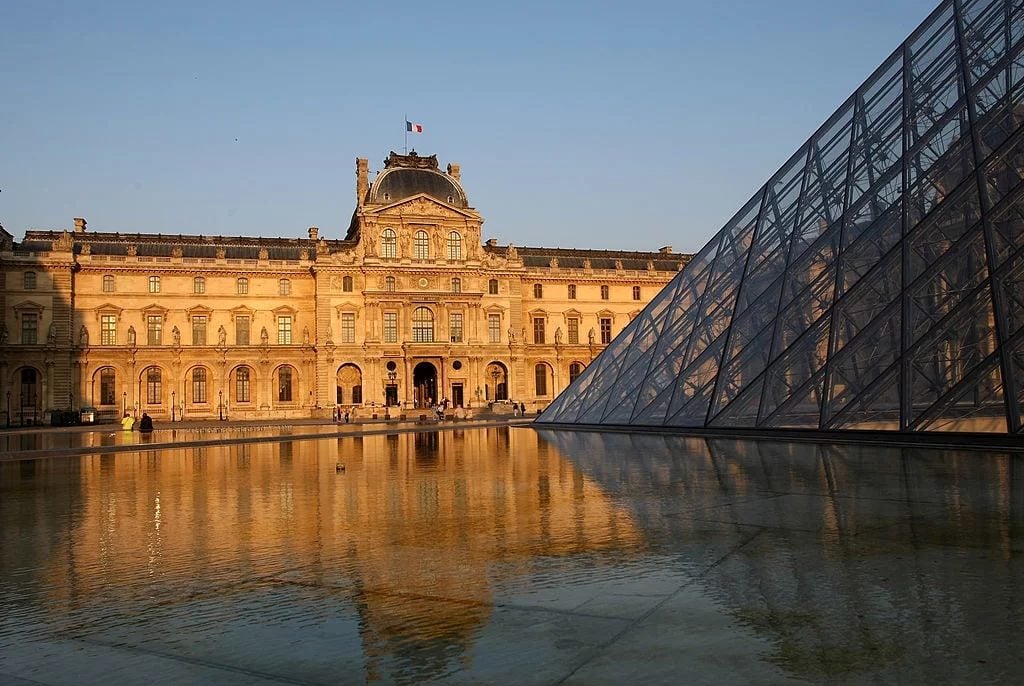
As tides and temperatures rise, museums are rallying to protect themselves.

Julia Halperin &
Naomi Rea

The Bass Museum in Miami Beach does not think about collecting the same way it did two years ago.
Situated in a region where sea level rise has tripled over the past decade and located a short walk from rapidly eroding beaches, the Bass has been forced to reckon with climate change more directly than most museums. “Do we feel comfortable purchasing a very humidity-sensitive watercolor for our collection? Or a light-sensitive black-and-white photograph?” George Lindemann, the president of the museum’s board, asked in a recent conversation with artnet News. “Probably not.”
The Bass isn’t alone. As scientists report increasingly troubling findings about the expected rise in extreme weather around the globe, from droughts in southern Europe to floods on the east coast of the US, a growing number of institutions are realizing that they need to start planning for an uncertain future today. As New York magazine reported recently in a terror-inducing article, most scientists concur that Miami will be underwater within the century, whether or not we stop burning fossil fuel.

Ugo Rondinone’s Miami Mountain (2016). Photo © Zachary Balber. Courtesy of The Bass, Miami Beach. The totem is an example of a durable work the museum says it feels confident collecting.
“When I worked on Guggenheim Bilbao, we all mocked the requirement to accommodate the 100-year storm,” says Andy Klemmer, the founder of the Paratus Group, which manages the construction of cultural projects around the world. “Since then, 100-year storms seem to come along every five years…. Every project we work on now tries to predict the worst-case scenario and to accommodate it.”
Some museums have already been hit hard by extreme weather. The Uffizi Galleries in Florence closed early on August 7 amid a massive heatwave sweeping Europe.
The Louvre in Paris has been repeatedly battered by violent storms, including a downpour last month that flooded parts of the museum and damaged two works by Nicolas Poussin. The museum stores a quarter of its collection underground near the Seine, according to a 2016 report in the Art Newspaper.
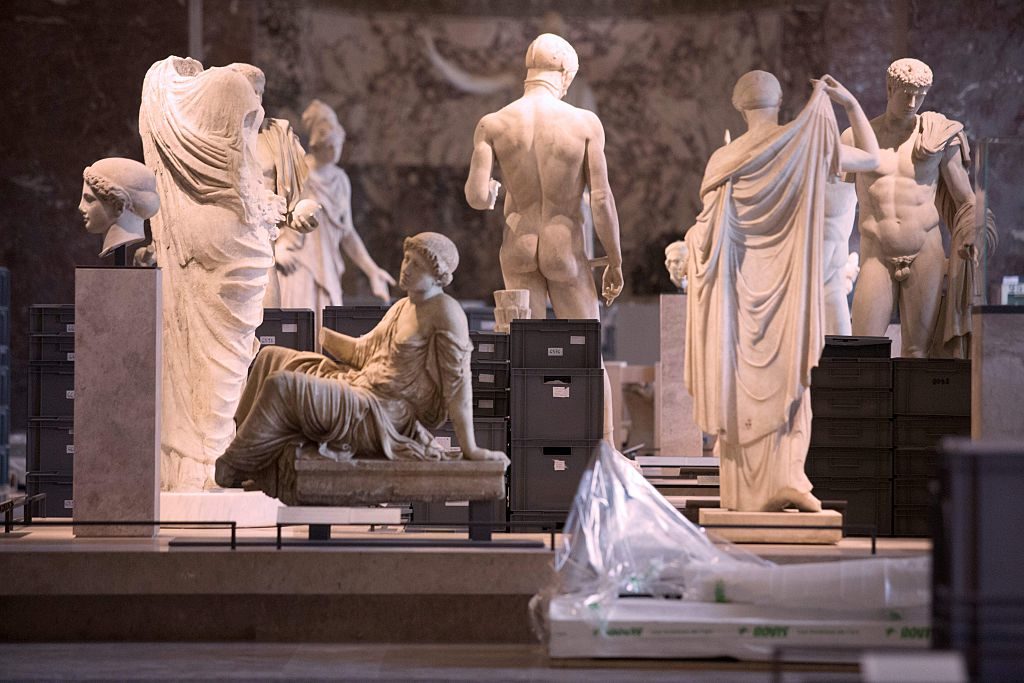
Works from the Louvre were evacuated from the basement after rains brought the Seine to its highest level in three decades last year. Geoffrey van der Hasselt/AFP/Getty Images.
Klemmer notes that the Morgan Library and Museum’s gutters, designed to accommodate the maximum rainfall for the New York region, were “constantly being overrun” and “we had to make changes.” (According to the New York State Department of Conservation, heavy downpours increased more than 70% across the northeastern US between 1958 and 2010.)
The Whitney Museum of American Art in New York, meanwhile, had to alter plans for its $422 million Meatpacking District building when Hurricane Sandy hit during construction in 2012, flooding the basement with 30 feet of water. Although the original design had already strategically placed the main exhibition spaces and conservation lab on upper floors, Sandy “was worse than everybody was expecting,” says the project’s lead architect, Elisabetta Trezzani of the Renzo Piano Building Workshop.

A flooded street in the Financial District of New York in the aftermath of Hurricane Sandy in 2012. Photo by Andrew Burton/Getty Images.
In the aftermath of the storm, the Whitney waterproofed walls, added watertight steel doors to the loading dock, and developed a custom temporary barrier system. The additional measures cost $12 million, according to a Whitney spokesman. The museum now conducts flood drills once a year.
Some institutions, however, have not bounced back so quickly. The University of Iowa Museum has been stuck in limbo since 2008 when a flood forced the museum to evacuate its collection, which includes Jackson Pollock’s famous Mural (1943). In the years that followed, insurance companies refused to cover any art stored there—but government agencies said the damage was not severe enough to justify federal funds for a new building.

An aerial view shows flooding along the Iowa River on June 13, 2008 in Iowa City, Iowa. The floods also damaged the University of Iowa Museum. Photo by David Greedy/Getty Images.
After nine years, during which curators sent the museum’s treasures on tour and organized programs off-site, the university’s board of regents approved a plan on August 3 to build a new museum above the 500-year floodplain. The new building is expected to open in 2020.
Most experts agree that these kinds of concerns, barely discussed five or 10 years ago, are steadily making their way to the top of decision-makers’ minds. “Everyone, even the conservative board members who decry climate change, want their investment protected from its effects,” Andy Klemmer says.
And these concerns are likely to have an impact not only on where and how new museums are built, but also what they look like. Elisabetta Trezzani notes that New York City, for one, is encouraging architects to use aquarium-style, flood-resistant glass on lower floors and to install mechanical equipment on the roof of buildings rather than in the basement. “As an architect, it means you have to think about things in another way,” she says.
Nevertheless, some believe museums have still not tackled the issue as forcefully as they should. “There’s a disconnect between the daily practice of museum work and climate concerns,” says Sarah Sutton, the founder of Sustainable Museums, which consults museums on environmental sustainability.
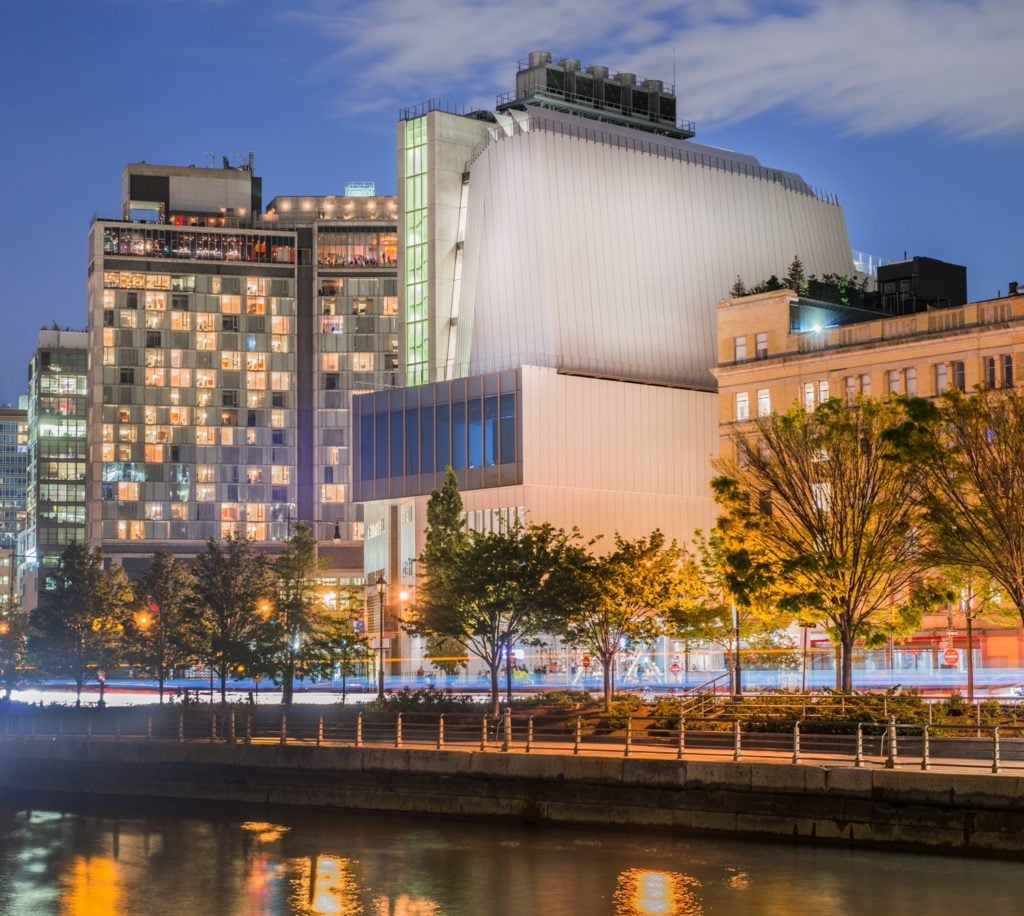
View of the Whitney Museum from the Hudson River. Photograph by Karin Jobst.
One problem, Sutton notes, is that it can be difficult to convince donors and staff to dedicate resources to a threat that may be years, or even decades, away—especially when there are always worthy, more pressing matters to address, like educational programs or acquisitions.
Politics poses another problem. “As climate change has become less of a scientific issue and more of a political issue, museums are afraid that even if they are acting on the science, they could be seen as acting on politics, or even lobbying,” Sutton says.
(Indeed, in his conversation with artnet News, Lindemann went out of his way to note that the Bass’s board does not “have a political opinion on what is causing climate change, or even to what extent the climate is changing.”)
Still, many experts agree that museums have a particular stake in these issues—if for no other reason than because they are charged with preserving cultural heritage for future generations. They are playing a long game.
“There is a certain responsibility when you build a cultural institution,” Trezzani says. “Museums plan to be around forever, so you need to plan for that.”
Some museums are not waiting for storms to hit before they take action. The newest addition to the National Mall in Washington, DC, the National Museum for African American History and Culture, installed a top-of-the-line, $300,000 floodgate at its loading dock. Thanks to a built-in flotation device, the gate automatically rises with the increased water level.
The Smithsonian Institution has been developing a climate change adaptation plan since 2014, investigating which museums are most vulnerable to flooding and what can be done to protect them.
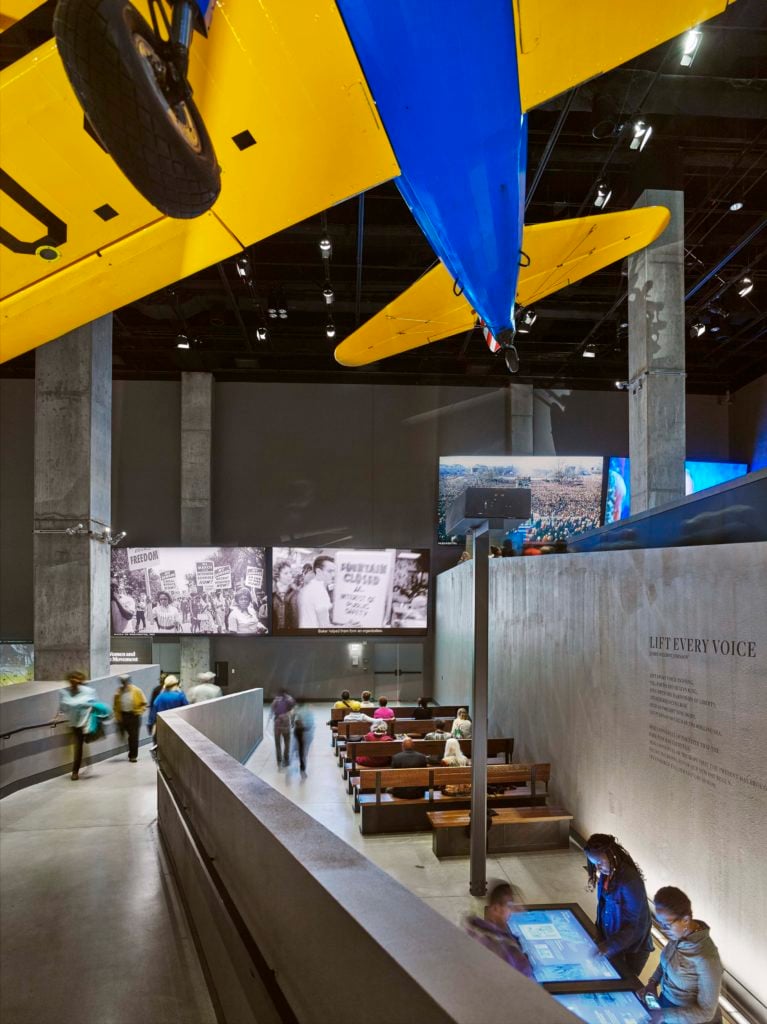
The basement level of the National Museum of African American History and Culture, courtesy of NMAAHC Architectural Photography.
As a result, the National Museum of American History in Washington, DC, is now moving the storage of its collections to higher floors or other facilities, and the loading dock at the National Air and Space Museum will be redesigned in upcoming renovation. Staff across the Smithsonian are also receiving emergency training. “We expect more of these types of emergencies and for them to be more intense,” a Smithsonian spokeswoman says.
Meanwhile, the Dia Art Foundation in New York is having internal discussions about how to confront the effects of climate change on important works of land art. Nancy Holt’s Sun Tunnels (1976) in the Great Basin Desert may become prohibitively hot for visitors if droughts worsen in the American Southwest. Robert Smithson’s Spiral Jetty (1970) in Utah is becoming overtaken by salt crystals as the Great Salt Lake recedes over time.
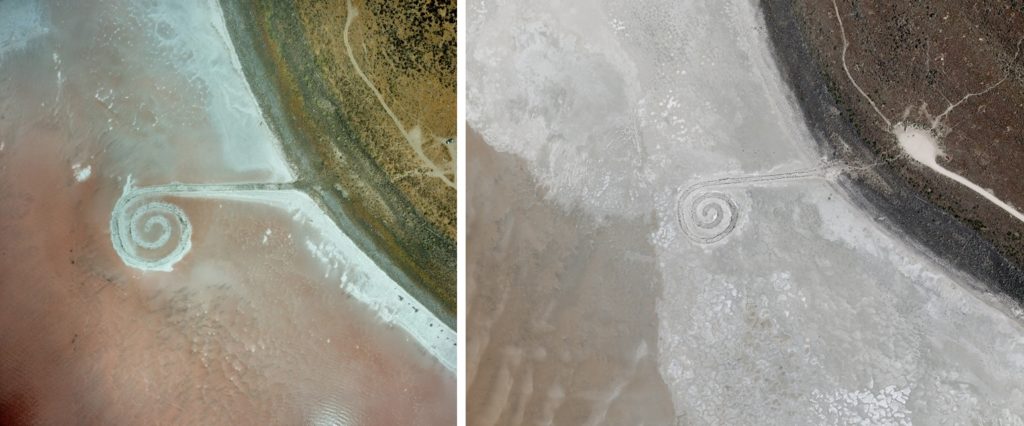
Left: Aerial view in 2005, Robert Smithson’s Spiral Jetty (1970). © Holt-Smithson Foundation/Licensed by VAGA, New York. © Aero-graphics, Salt Lake City. Right: Aerial view in 2017.
Although Smithson believed in the importance of entropy and recognized that Spiral Jetty would inevitably change, Dia is beginning to ask for the first time if there is a particular point at which the work might require additional intervention or conservation.
“This conversation is something we are having internally, and we’re consulting with many different people,” says Kelly Kivland, a curator at Dia. “I’m sure Smithson envisioned a time when the climate would be significantly different. I don’t know if he realized it was going to be so soon.”
At the Bass, George Lindemann and a group of fellow board members have been working for the past nine months to draw up a list of considerations about long-term sustainability that all staff will need to address before making major decisions moving forward.
Such questions include: If a show will be on view during hurricane season, how quickly can it be deinstalled and moved to a higher floor? Is a show of delicate sculpture (Lindemann uses the example of Sarah Sze) inappropriate for a volatile month like June? If a board member wants to join the museum’s ranks, does he or she have business ties that could bias the museum’s decision-making?
This new approach “may sound like a minor thing,” Lindemann says, “but it’s really not minor at all. These questions are major.”